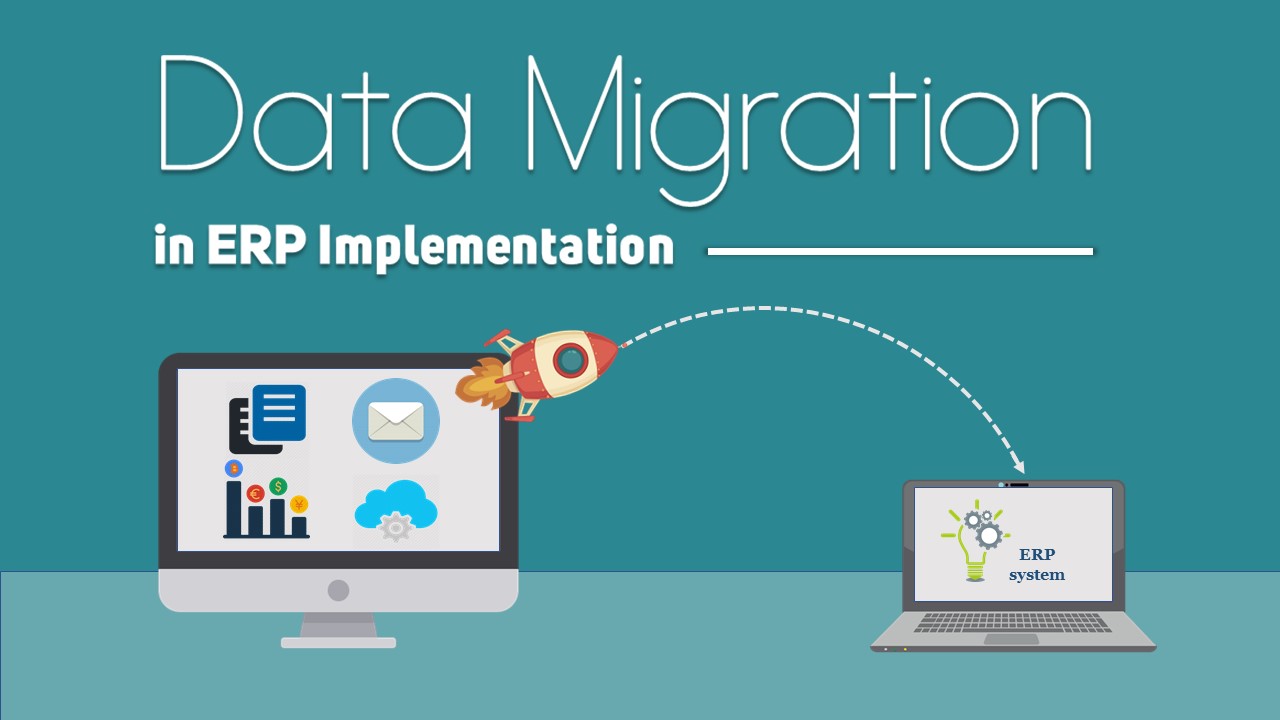ERP Migration Project – When people migrate, they are moving toward a more excellent aim. One type of migration is the transition to an ERP system that will better assist us in meeting our company objectives.
A successful migration is more than a nomadic roaming searching for a better pasture; it will have a particular goal and a carefully planned course. Here are 5 steps that will benefit your company.
Here are five stages to assist you in expediting the process and complete an ERP data migration.
Analyze Project Reach
Before beginning the actual Enterprise Resource Planning migration, you should examine the data to determine what to migrate, what type it is in, where it is stored, and what form it will be in after migration.
Your firm works with many data types, such as master data that consists of critical for business operations; historical data that consists of information older than two years; and live transactional data, which comprises all of your current live data.
Allow enough time to research, reply, and discuss the data conversion project’s scope, goals, and complexity.
ERP Migration Project : Form a strategy
Draft a plan that assigns roles and enables decision-makers to execute the data migration process. Prioritize actions related to living transactional data and master data that adhere to a strict timetable and the ERP Software vendor’s deployment approach.
Working deliberately and systematically should be encouraged while avoiding the temptation to go too quickly. Make provisions for contingencies in the event of unavoidable delays.
Determine the Standards.
You could be migrating data from various sources, including Microsoft Excel databases, Quickbooks, legacy systems, or an older ERP. Each head will have classified material differently than the others. Furthermore, each department area will have most likely employed its unique pattern of data classification.
As you move forward with the new ERP solution, you’ll need uniformity, a migration strategy, and data standards. It will necessitate collaboration among department heads and upper management, as well as decisive action.
As a result, data mapping specifies the parameters of your data migration. Data mapping entails examining your source data and comparing it to the target data of the new ERP, followed by the establishment of specific translation rules. Potential issues must be looked for and fixed before transfer to ensure that no data is lost or wrongly assigned.
The procedure consists of a field-by-field analysis of the source data based on several ERP software attributes. The source data after the migration is no longer used but kept only for inquiry.
Before ERP data migration, it is critical to analyze all data for viability, minimize or eliminate redundancy, and filter the data by deleting inaccurate or corrupt data from accounts and databases. These tasks are handy. Recall, you plan to move as little vital data as possible to meet your regulatory and business requirements.
ERP Migration Project : Validate & Reconcile.
Screening a small quantity of data first and gradually increasing the frequency and volume until the migration is complete is an intelligent method to confirm that data will load successfully into the new system.
This strategy will allow for debugging and problem resolution before going live with the software.
Having influential users recreate their everyday ERP business processes in the software and thoroughly testing the system is critical to discovering and correcting problems early in the process.
Personnel for the Task.
Ensure that you have enough internal workers or hire the appropriate technicians to accomplish the entire relocation job.
These employees should be familiar with process manufacturing and your specific business processes, assess and deal with migrated data, and be knowledgeable about data migration, systems, or business domains.
People should also be willing to collaborate with the ERP vendor’s implementation team to complete migration goals, including the disposal of legacy systems.
With ERP implementation already being a tricky task, boost your chances of success by improving the quality of migrated data. Following some essential procedures for a successful data migration will ensure high-quality data during the implementation phase.
Get in touch with Connected IT, an Ireland-based business today, to learn more about our implementation methodologies.



